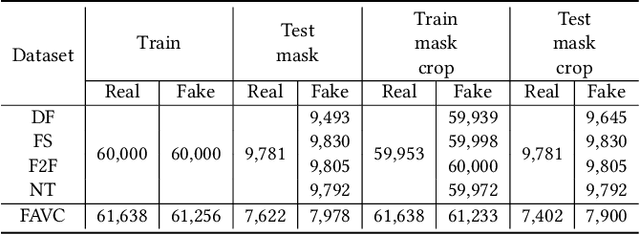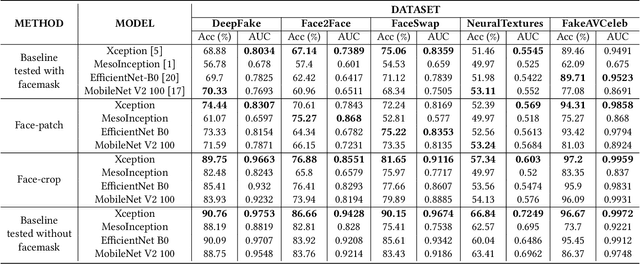Saebyeol Shin
Rethinking LLM Unlearning Objectives: A Gradient Perspective and Go Beyond
Feb 26, 2025Abstract:Large language models (LLMs) should undergo rigorous audits to identify potential risks, such as copyright and privacy infringements. Once these risks emerge, timely updates are crucial to remove undesirable responses, ensuring legal and safe model usage. It has spurred recent research into LLM unlearning, focusing on erasing targeted undesirable knowledge without compromising the integrity of other, non-targeted responses. Existing studies have introduced various unlearning objectives to pursue LLM unlearning without necessitating complete retraining. However, each of these objectives has unique properties, and no unified framework is currently available to comprehend them thoroughly. To fill the gap, we propose a toolkit of the gradient effect (G-effect), quantifying the impacts of unlearning objectives on model performance from a gradient perspective. A notable advantage is its broad ability to detail the unlearning impacts from various aspects across instances, updating steps, and LLM layers. Accordingly, the G-effect offers new insights into identifying drawbacks of existing unlearning objectives, further motivating us to explore a series of new solutions for their mitigation and improvements. Finally, we outline promising directions that merit further studies, aiming at contributing to the community to advance this important field.
Deepfake Detection for Facial Images with Facemasks
Feb 23, 2022



Abstract:Hyper-realistic face image generation and manipulation have givenrise to numerous unethical social issues, e.g., invasion of privacy,threat of security, and malicious political maneuvering, which re-sulted in the development of recent deepfake detection methodswith the rising demands of deepfake forensics. Proposed deepfakedetection methods to date have shown remarkable detection perfor-mance and robustness. However, none of the suggested deepfakedetection methods assessed the performance of deepfakes withthe facemask during the pandemic crisis after the outbreak of theCovid-19. In this paper, we thoroughly evaluate the performance ofstate-of-the-art deepfake detection models on the deepfakes withthe facemask. Also, we propose two approaches to enhance themasked deepfakes detection:face-patchandface-crop. The experi-mental evaluations on both methods are assessed through the base-line deepfake detection models on the various deepfake datasets.Our extensive experiments show that, among the two methods,face-cropperforms better than theface-patch, and could be a trainmethod for deepfake detection models to detect fake faces withfacemask in real world.
 Add to Chrome
Add to Chrome Add to Firefox
Add to Firefox Add to Edge
Add to Edge